'Homelands Cottage' or 'Gardener's Cottage' was built within the grounds of the circa 1860 villa 'Homelands' on Leven Road, Lundin Links. The building provided the necessary ancillary 'offices' that came with such a substantial property in the second half of the nineteenth century. Originally the structure would have incorporated stables, a gig house and lodgings for the coachman. As recently as 1905, when James Curr owned Homelands, coachman James Pringle lived in the cottage. The 1895 advert above from the Glasgow Herald describes Homelands as available to let with 'stables' and 'cottage'.
However, as the need to keep horses for transport was replaced with the possibility of owning a motor car, the building was converted into a garage plus a home for the gardener (needed to tend the extensive grounds). In 1911, the cottage was occupied by gardener Thomas Forgan, and his wife Mary, their children and Thomas's father William, a widower. The census entry is shown below. The Forgan family lived there for decades, some of the children being born in the cottage. By the 1950s, and throughout that decade, gardener Alexander Dalrymple lived in the cottage with his wife Georgina. He regularly won prizes for his blooms at local flower shows and was also active in the adjacent Lundin Bowling Club. The 1960s saw David Johnston and his wife Grace based at the cottage. If you know more about these or other residents of the Gardener's Cottage over the years, please comment.
There were periods in the history of Homelands, when both the main house and the cottage were unoccupied. For example, in the censuses of 1901 and 1891 both premises were empty. However, in 1881, when Homelands was occupied by retired farmer John Walker, the Gardener's Cottage was home to servants Gosman Graham and Agnes Wilson. Both the 1871 and 1861 census list the houses as unoccupied.
The 1894 map detail above shows the layout of the Gardener's Cottage, with the rectangular footprint that we can see in the photos below. There was a small outbuilding to the south west, remnants of which can also been seen in the images below. A footpath ran from the south west corner of the cottage plot into the north east corner of Homelands. The Gardener's Cottage also looked onto the walled garden that was between Homelands and the main road. The gardens and grounds were an important part of Homelands - in the words of Robert Paxton's great-nephew, Ian Marshall.....
"The house was always full of flowers, at all times of year. There was a gardener and his family who lived above the garages which had been stables, next to the public Bowling Green. There were two big greenhouses and a large and productive vegetable garden between the house and the wall along the Leven Road. There were well-stocked flowerbeds on the south side of the house, and on the east, and a great variety of trees and flowering shrubs. Potted plants were prepared in the greenhouses and brought into the living room, which was always scented. There was a grass tennis court on the lawn facing the sea, which was used by the family for many years."
The cottage, 29 Leven Road, is now in the process of demolition, in order to make way for phase two of the Homelands Trust-run fully accessible self-catering lodges. Since opening in 2014 the Homelands lodges have been in great demand, hence the development of five additional accessible lodges on the Trust-owned land. This new era for Homelands and its cottage is one which the Paxton family, and in particular Isabel Paxton, who left the family home and grounds to charity for the benefit of those living with disability, would have wholeheartedly approved of.


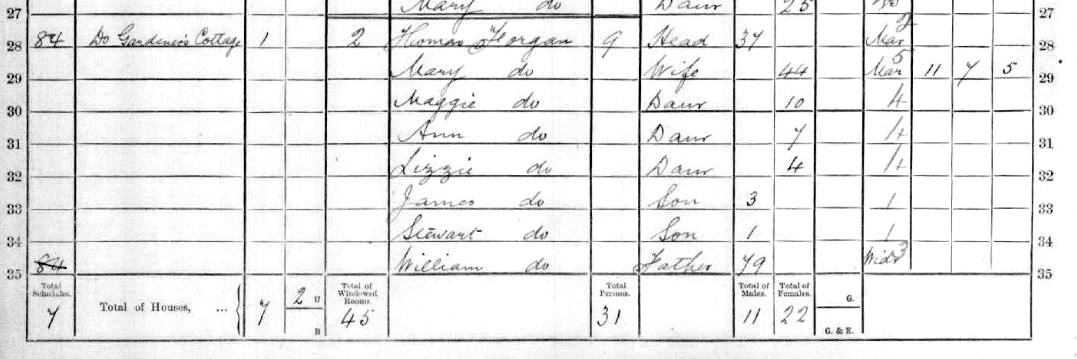
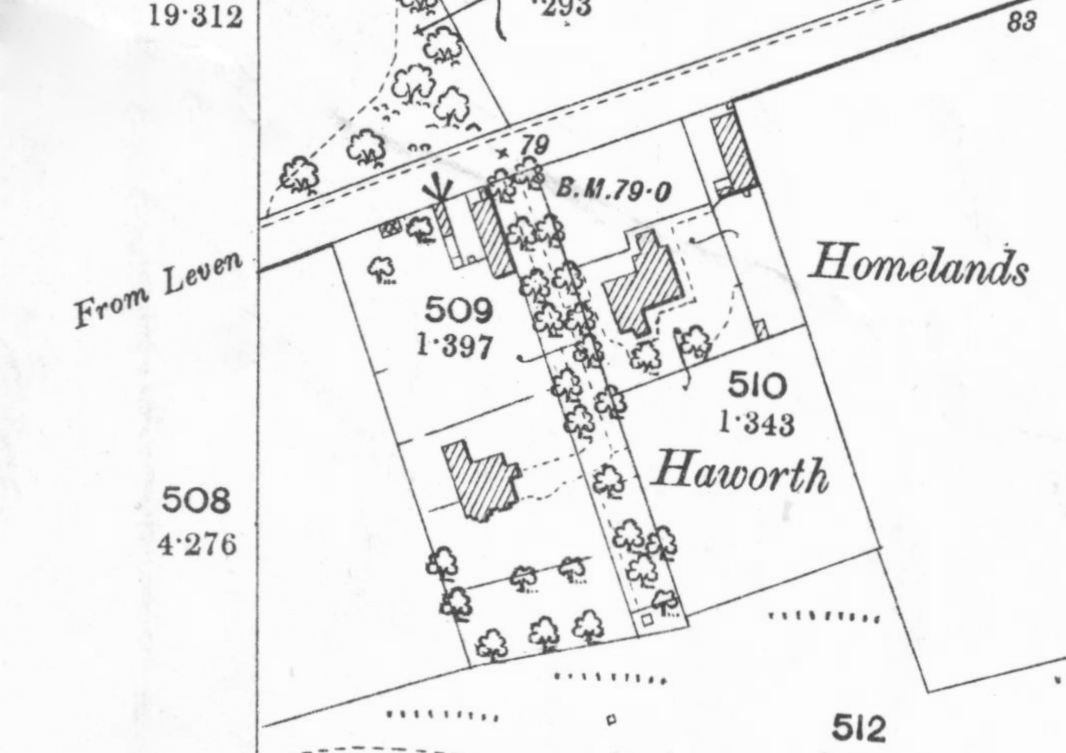
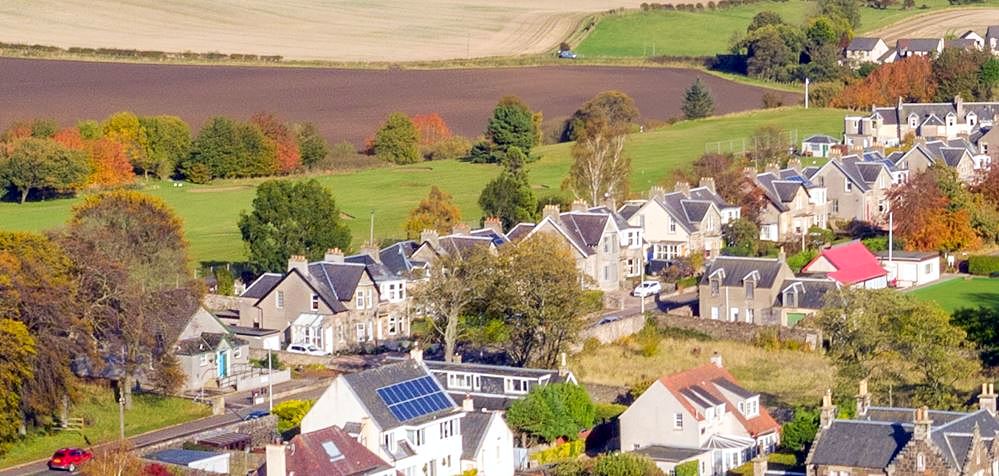
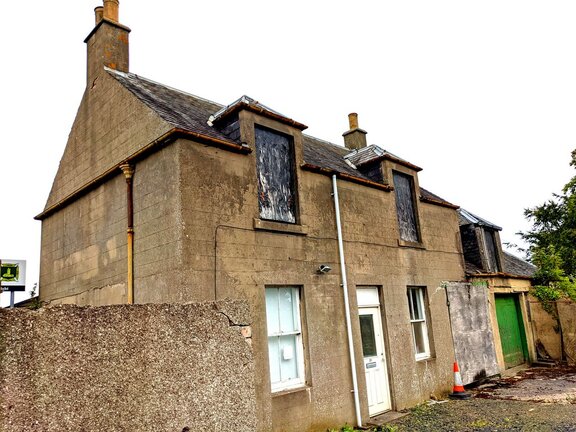
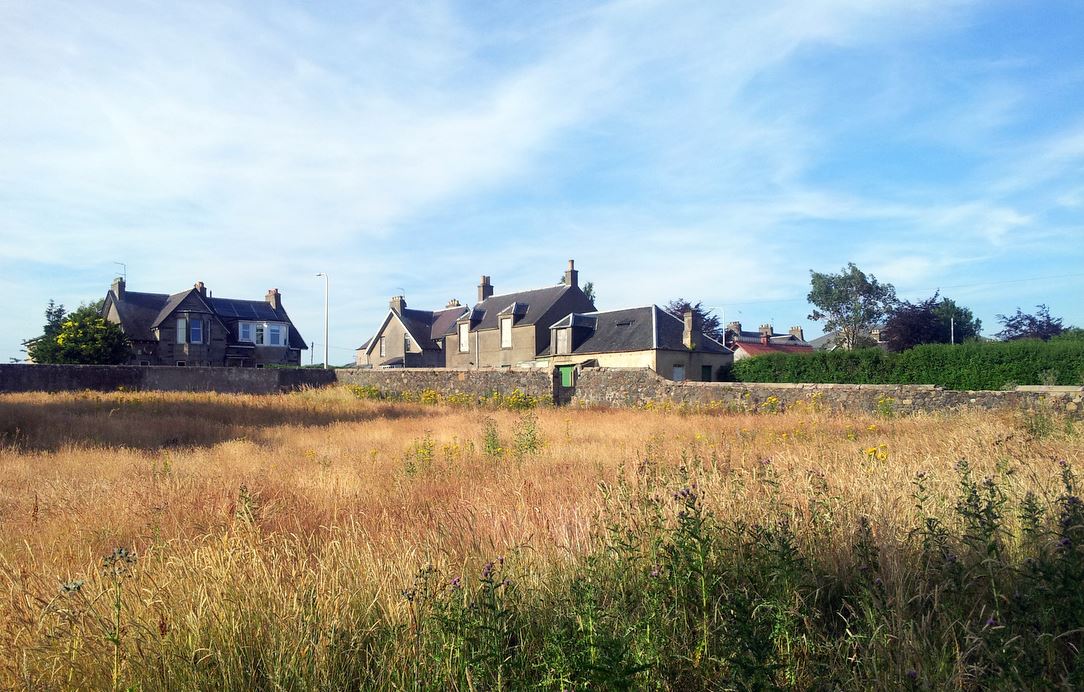
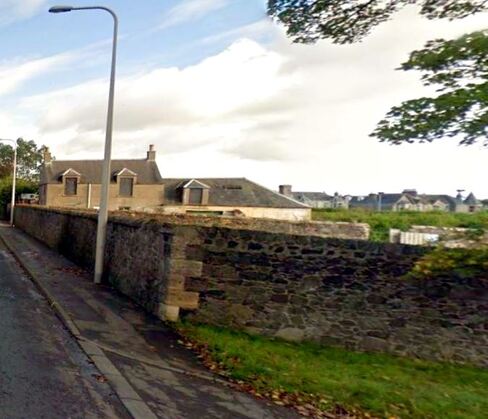
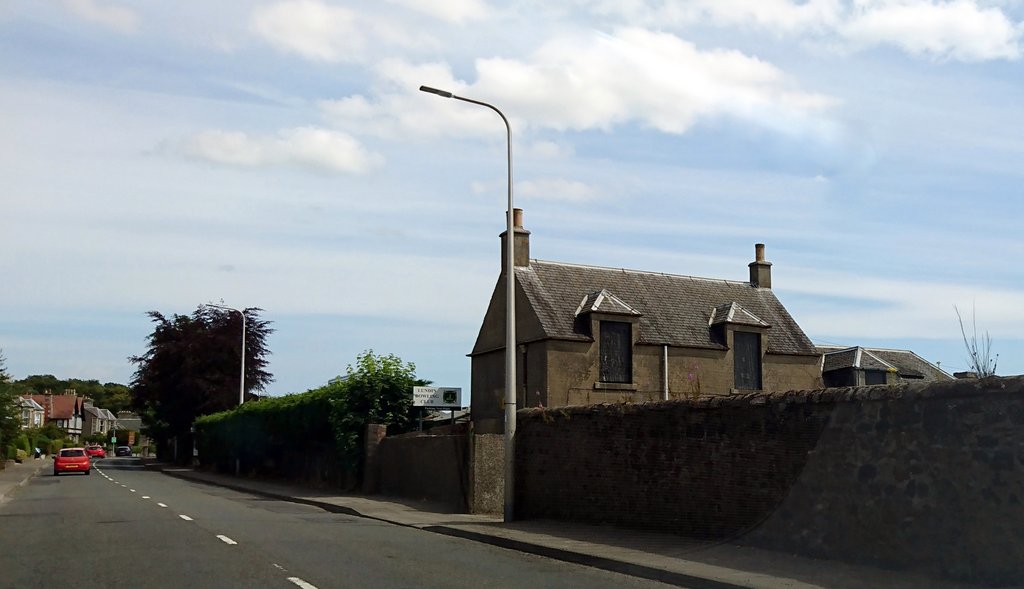
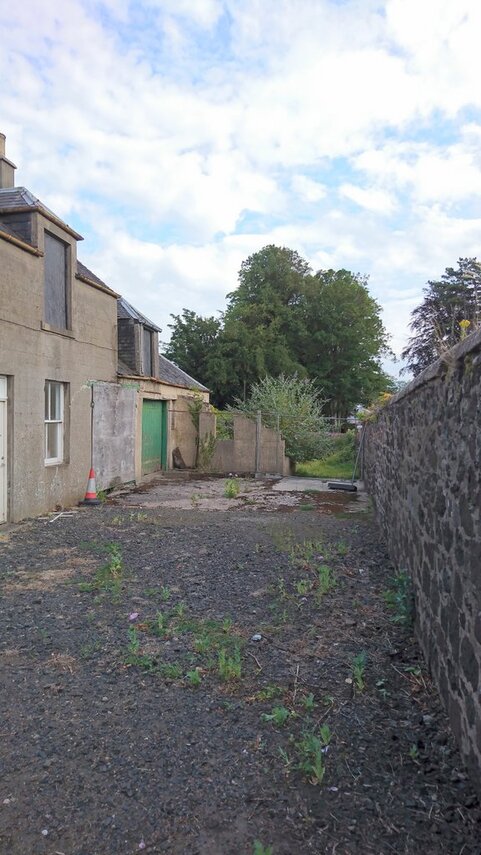
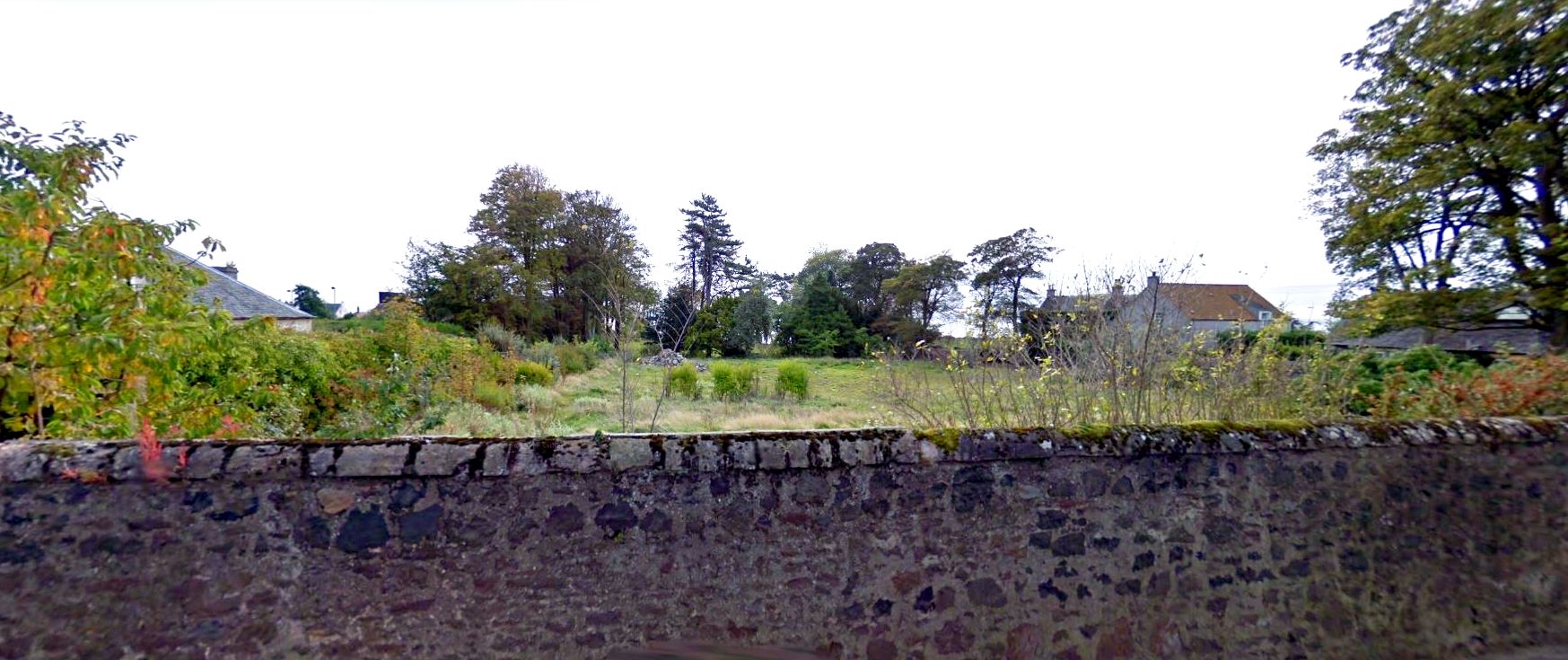
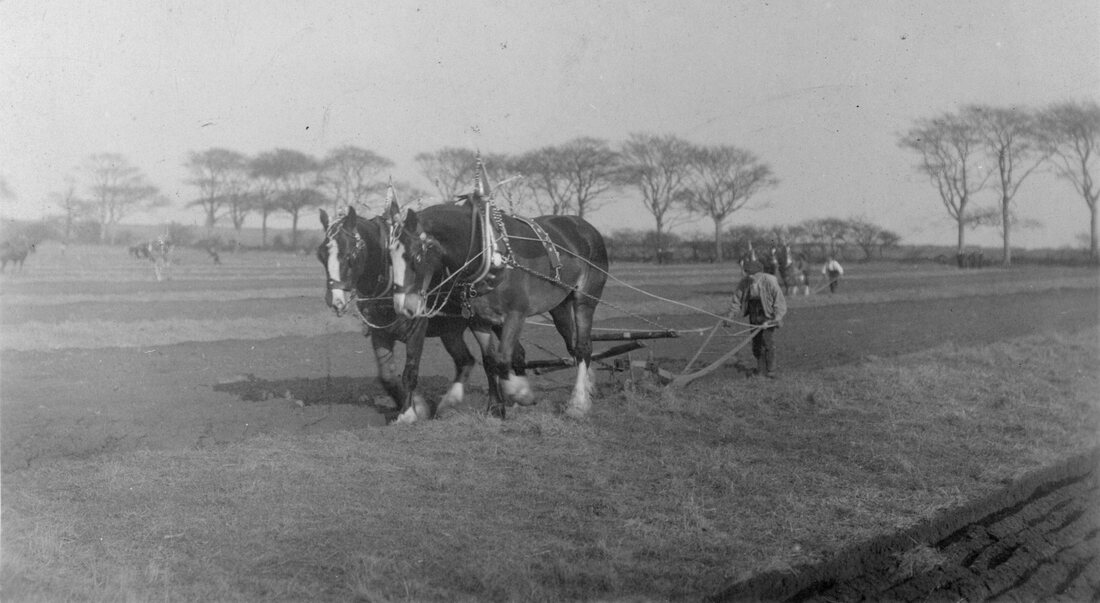
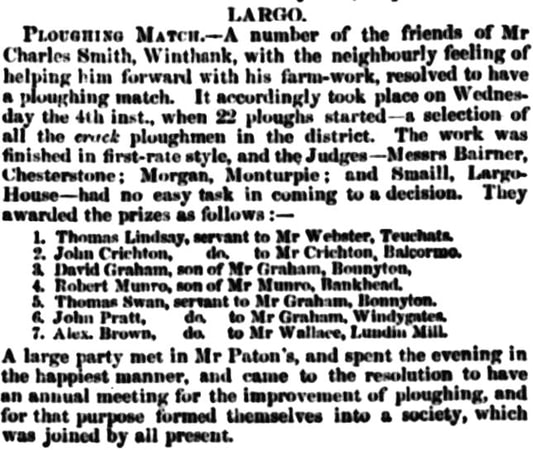
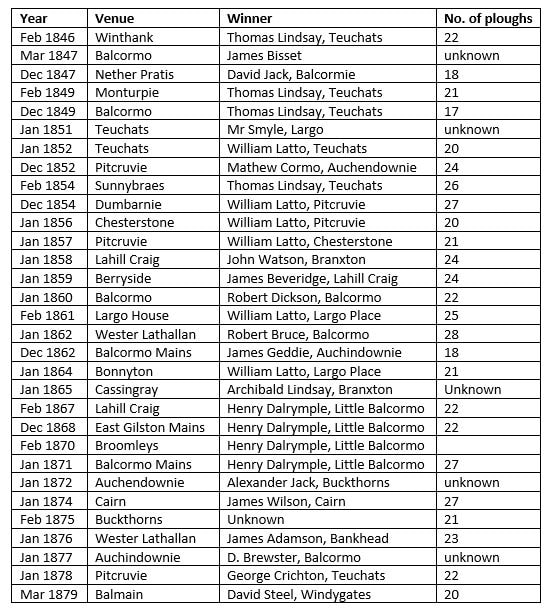
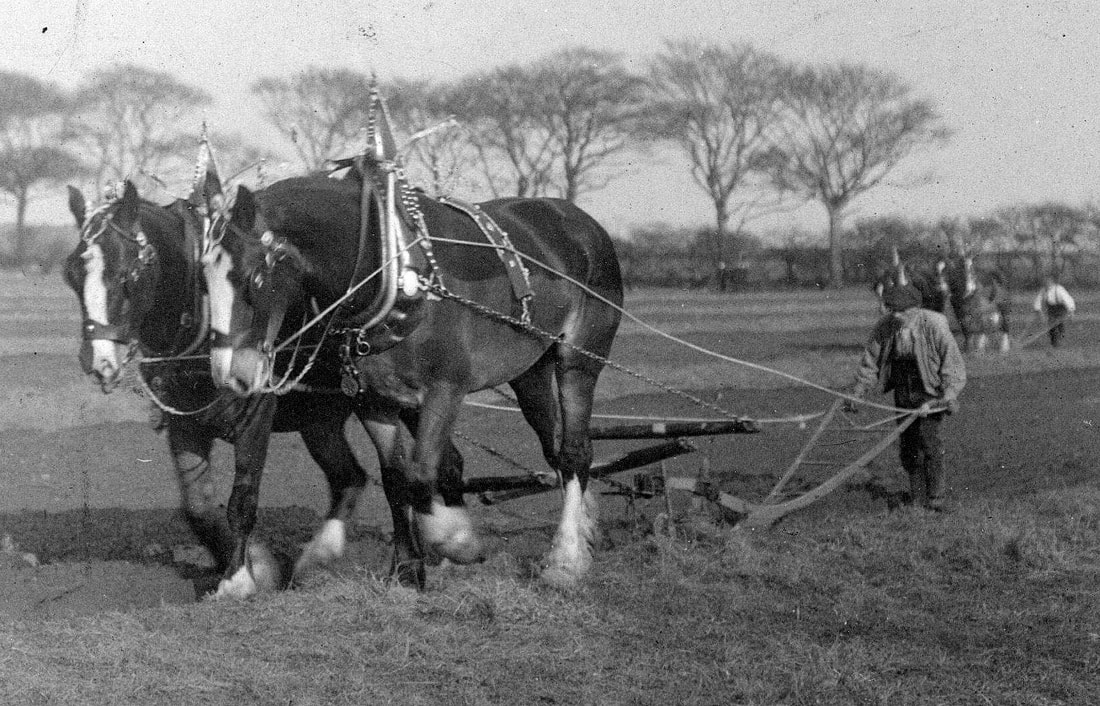
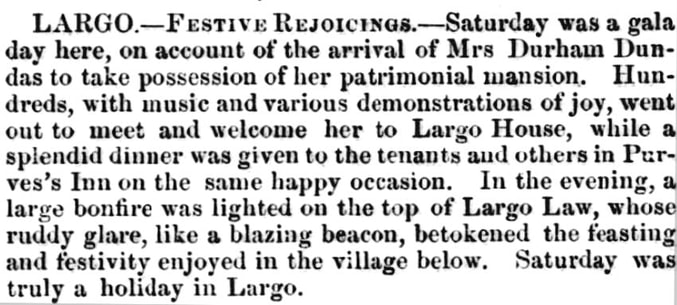
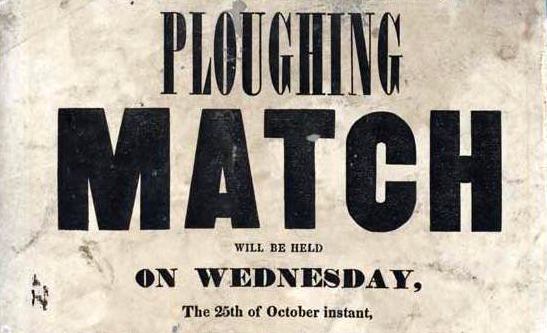
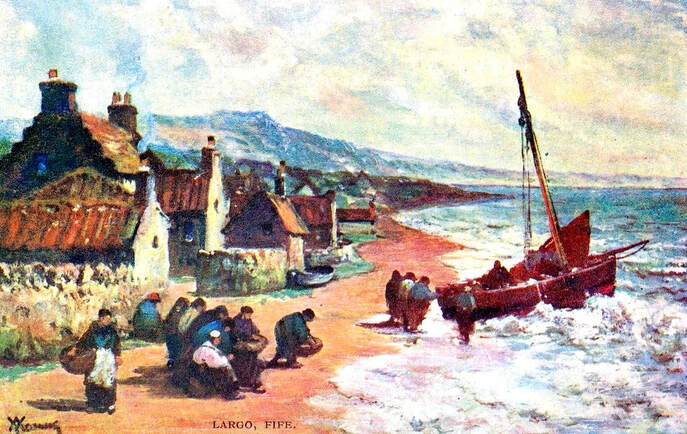
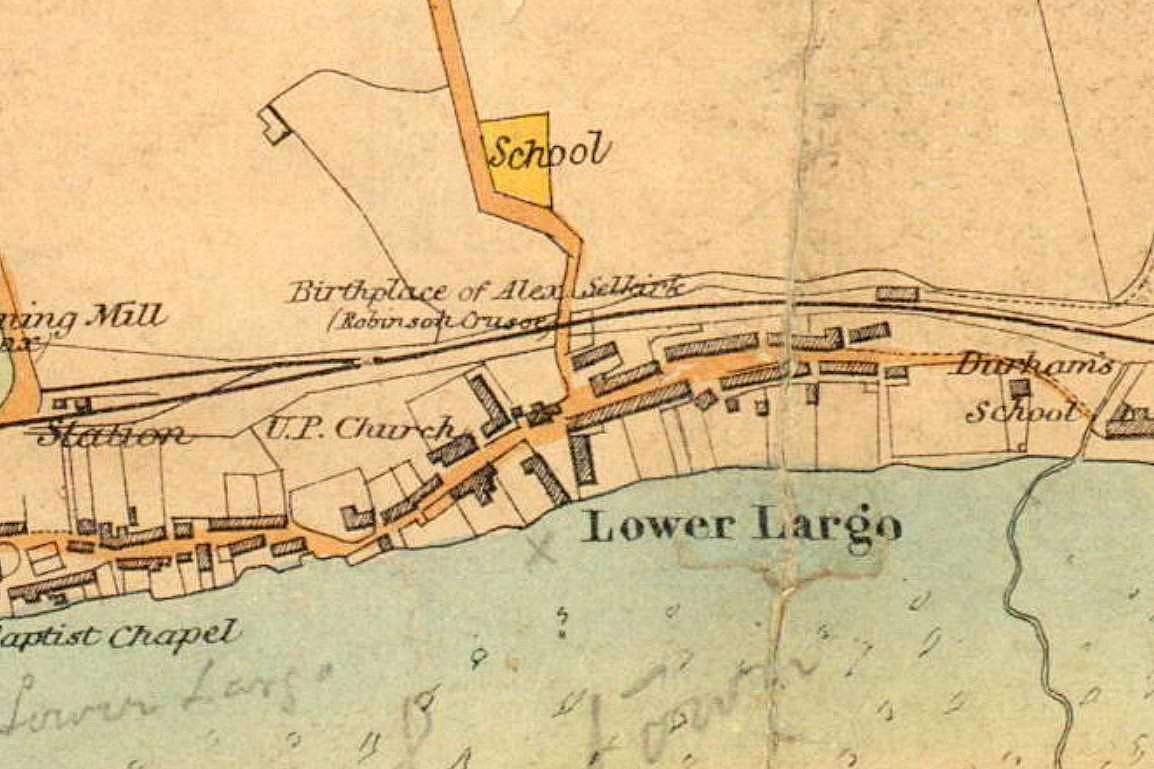
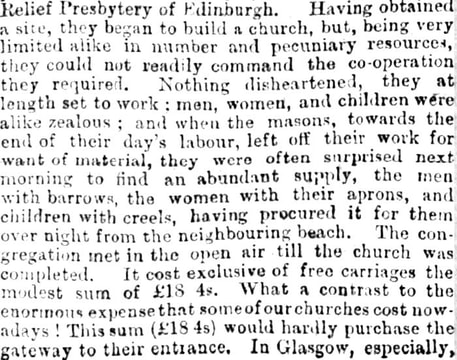
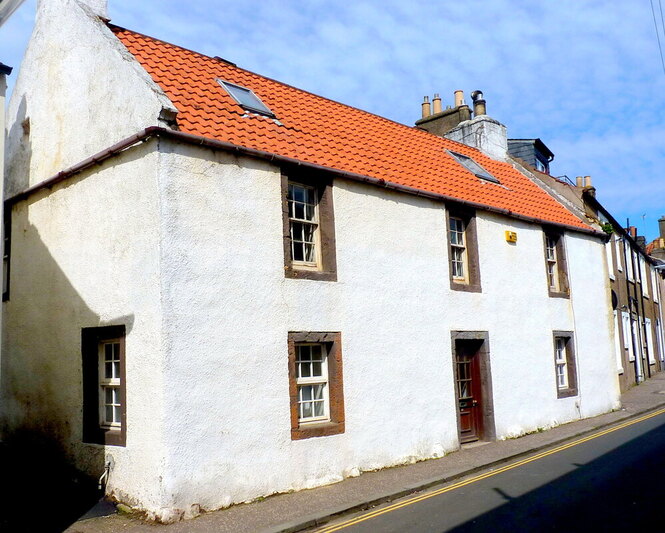


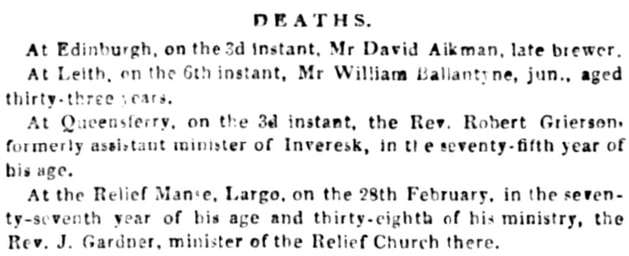


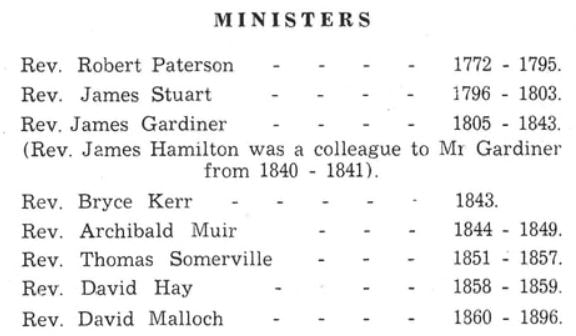

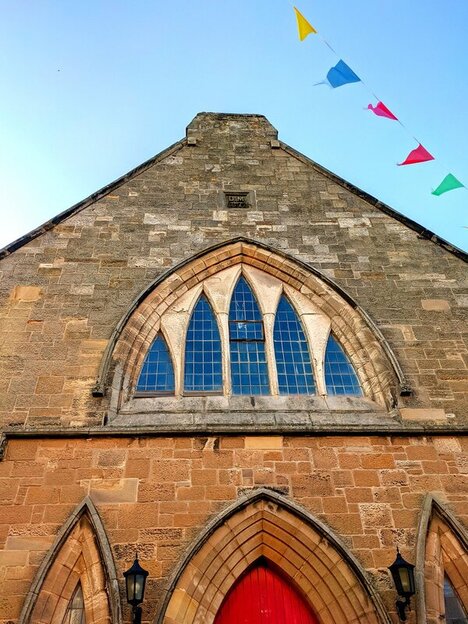
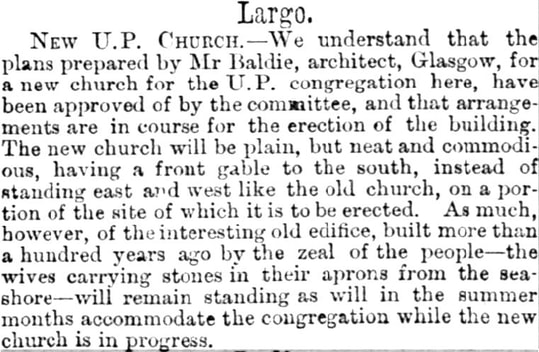
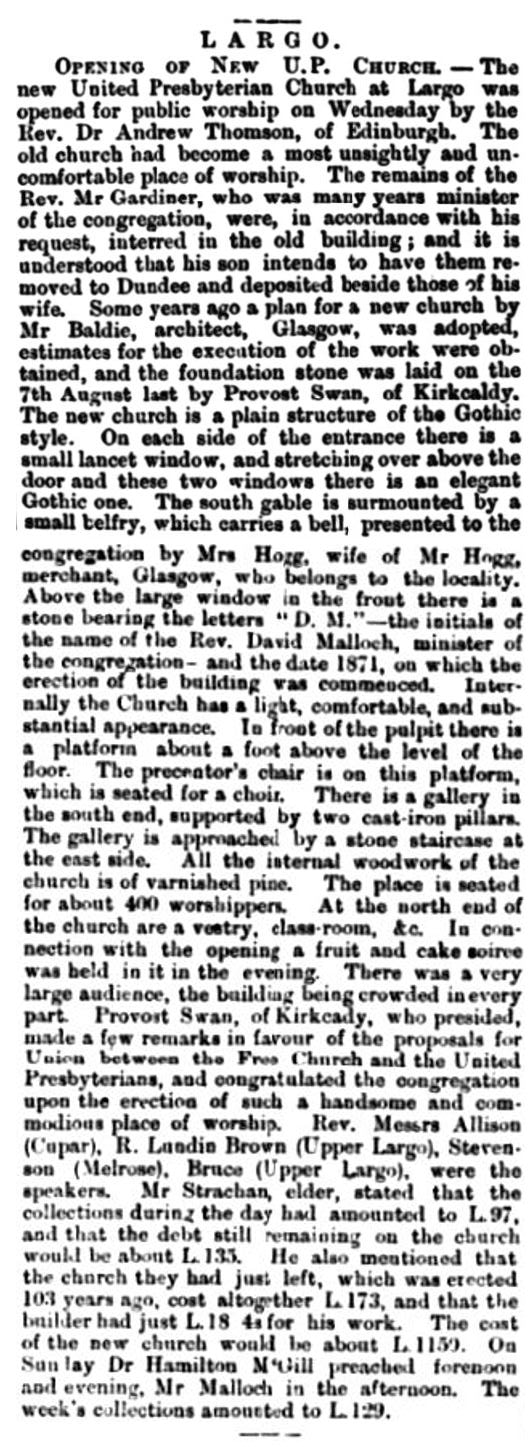
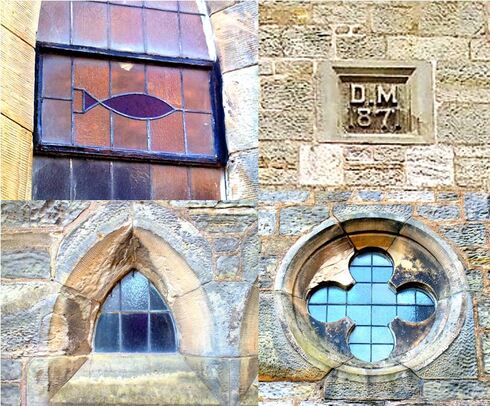
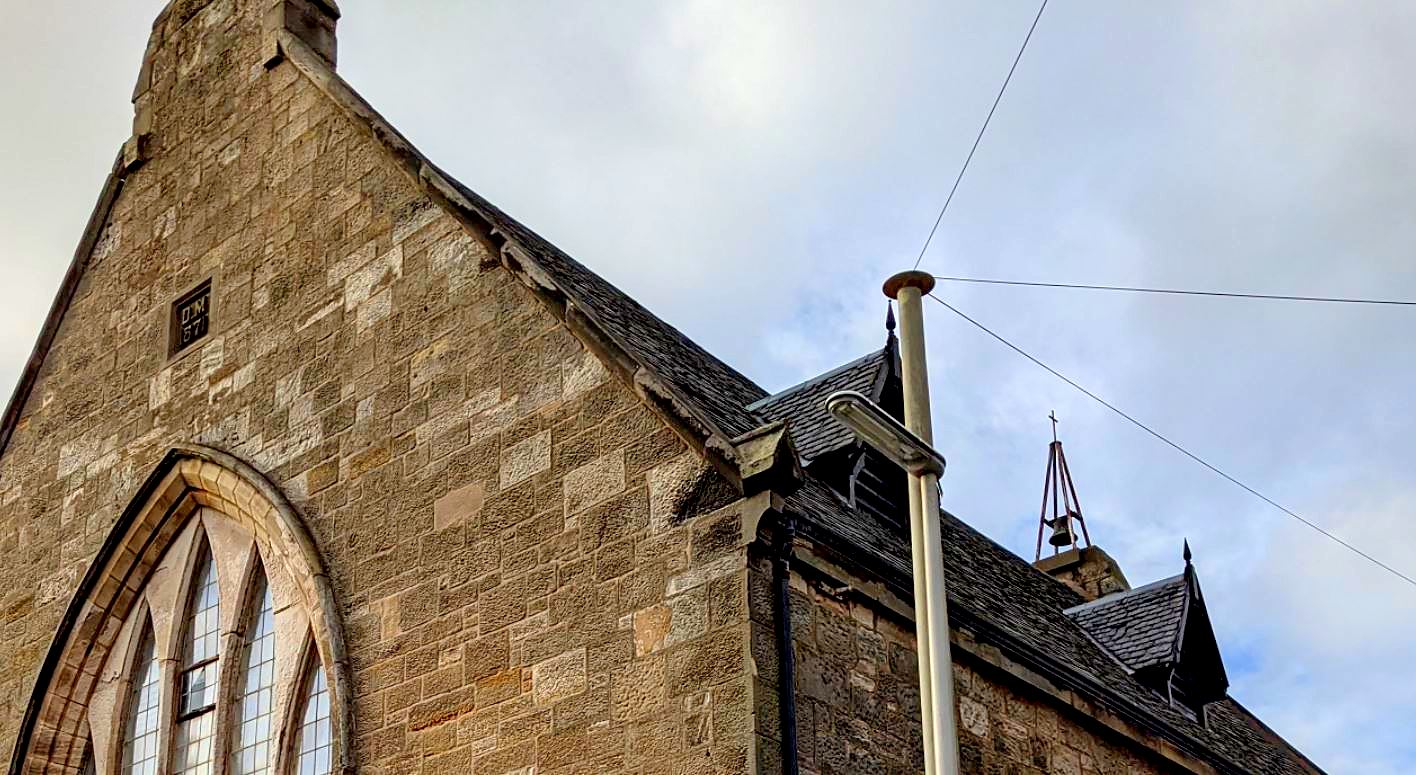
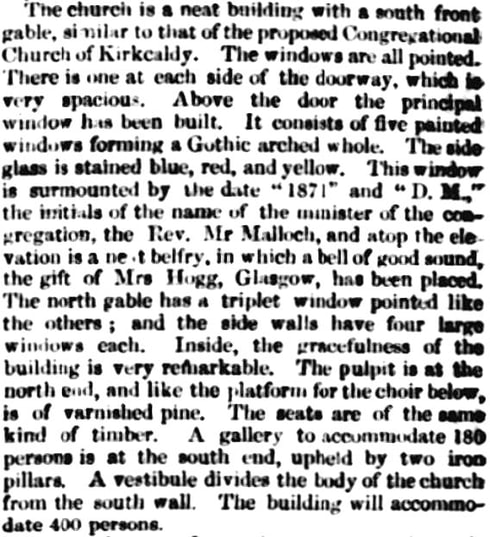
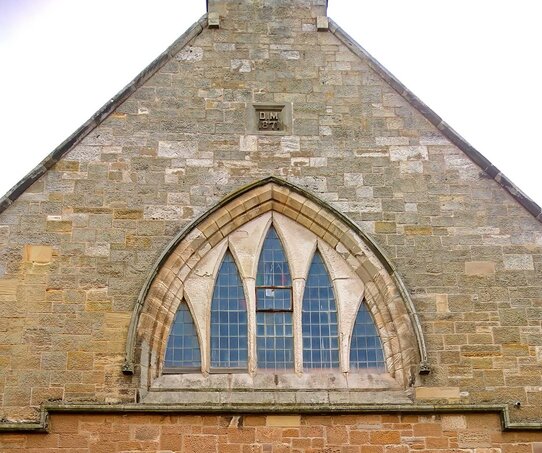
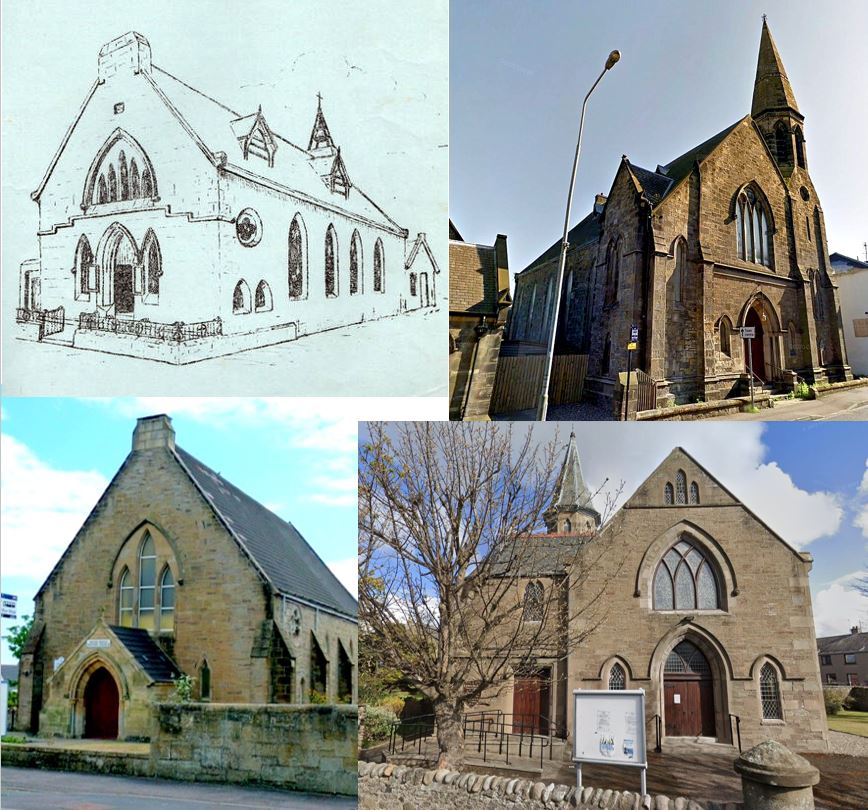

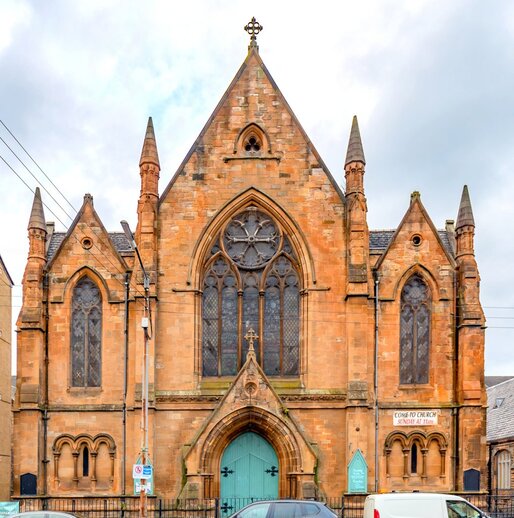
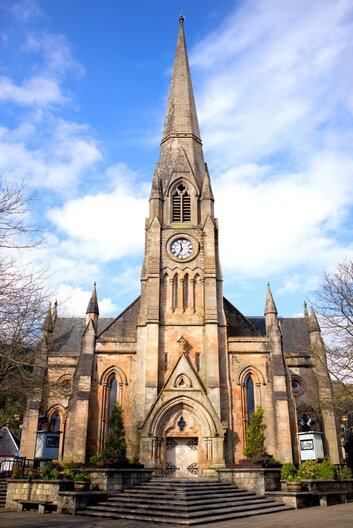
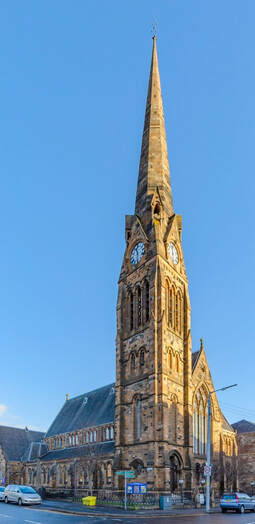

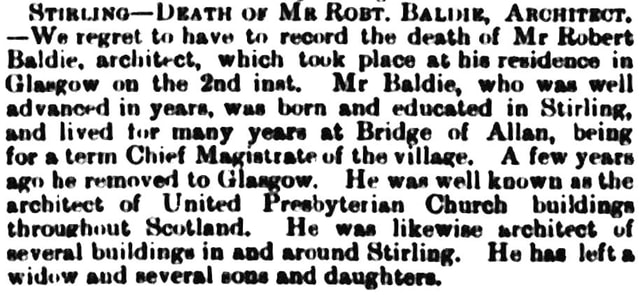
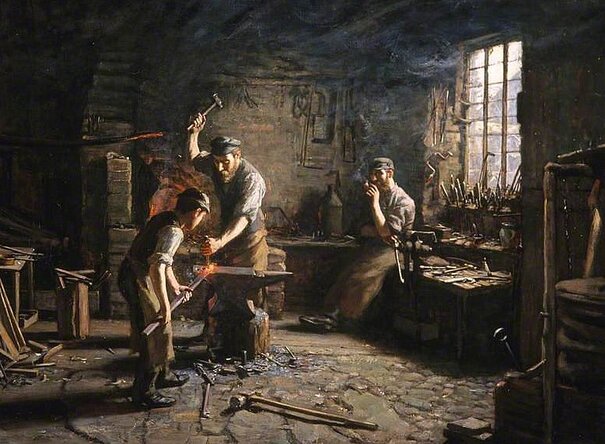
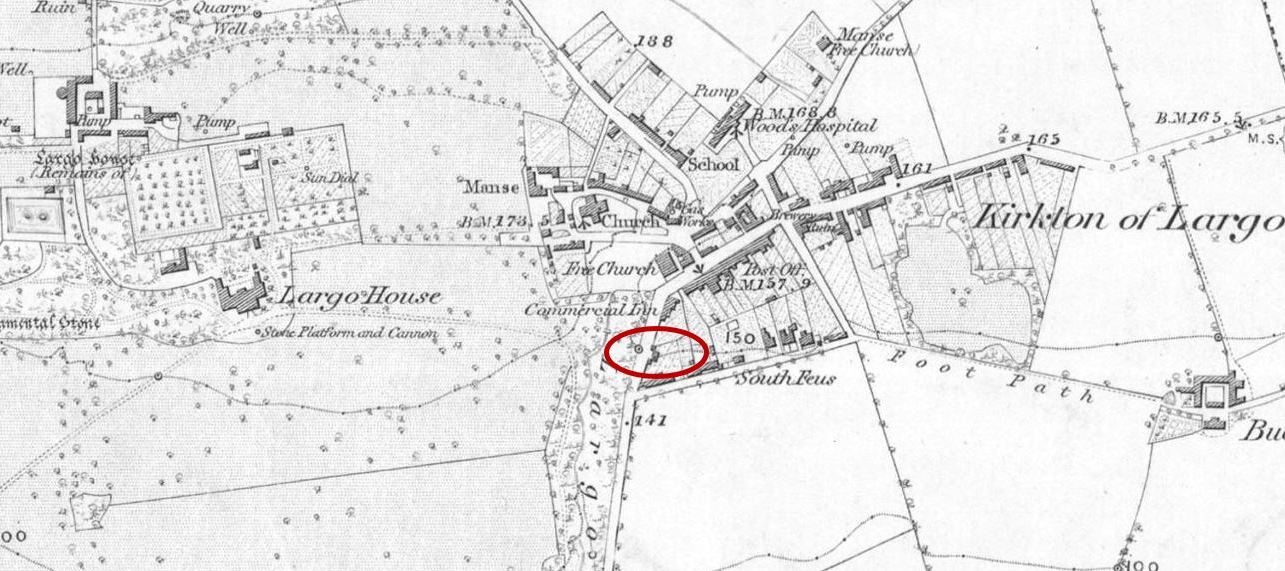

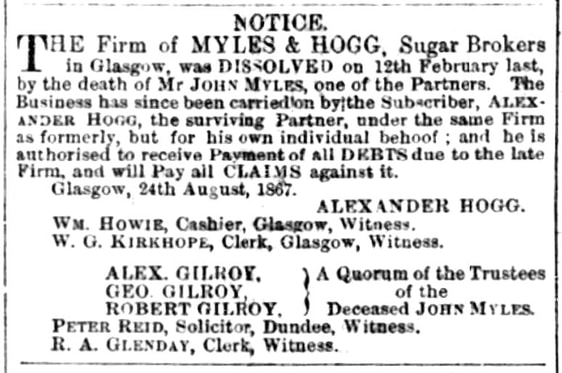
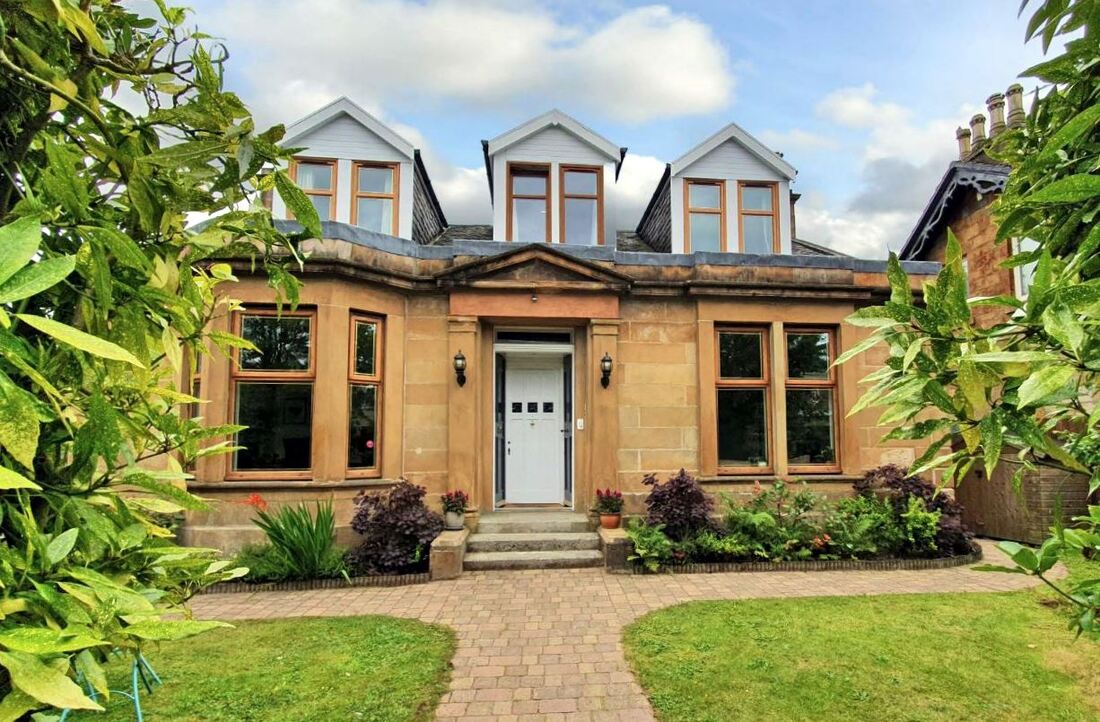

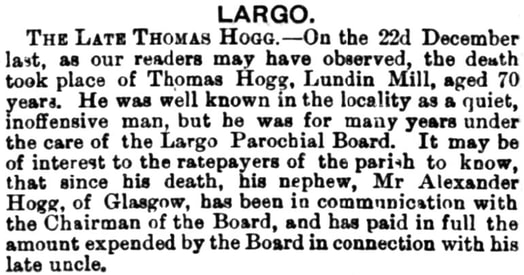
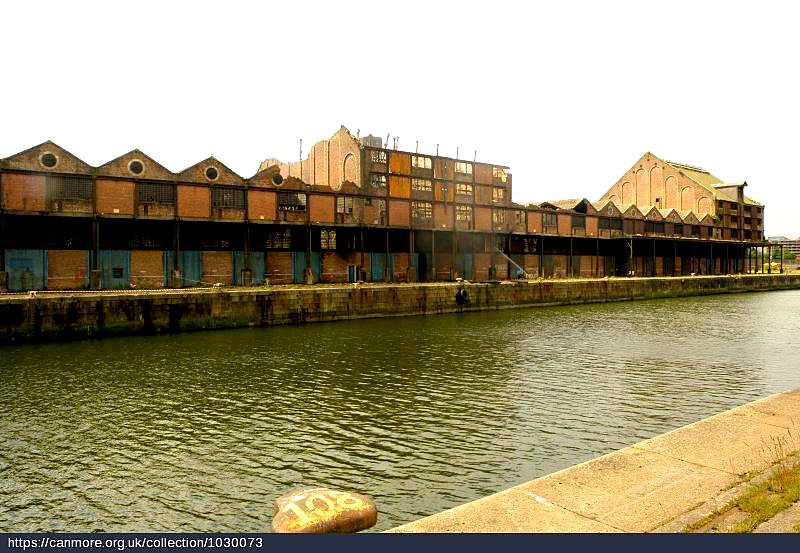
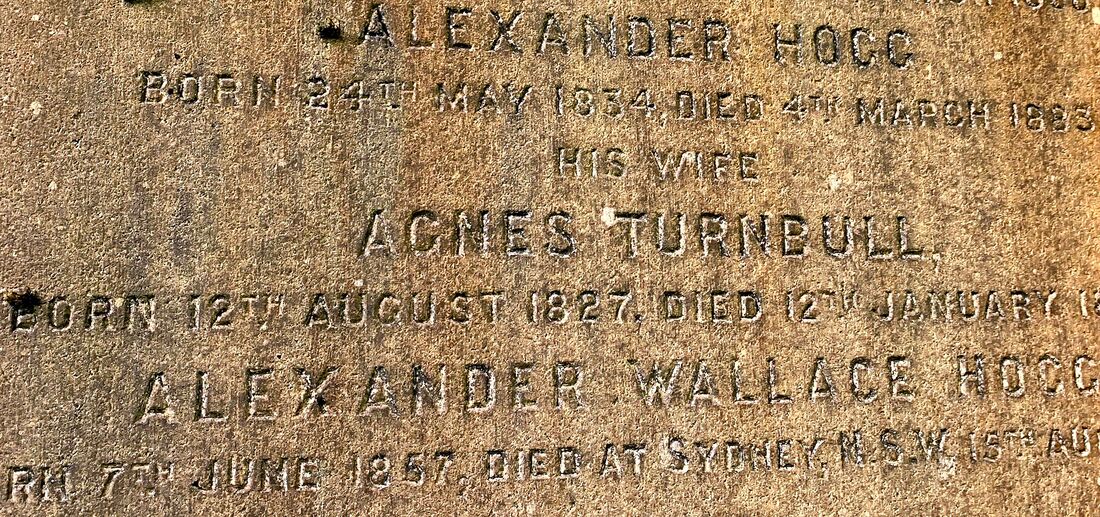
 RSS Feed
RSS Feed
